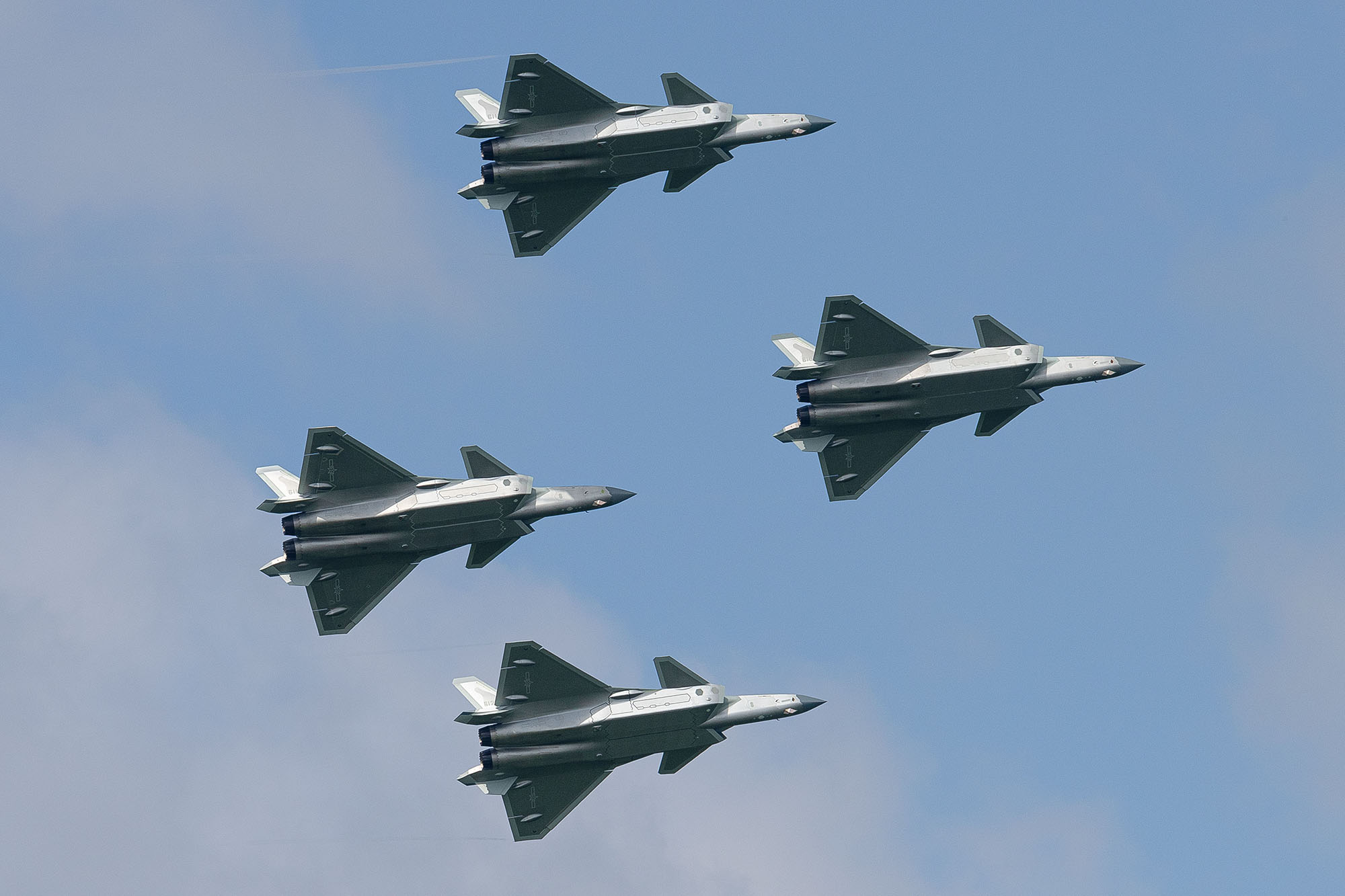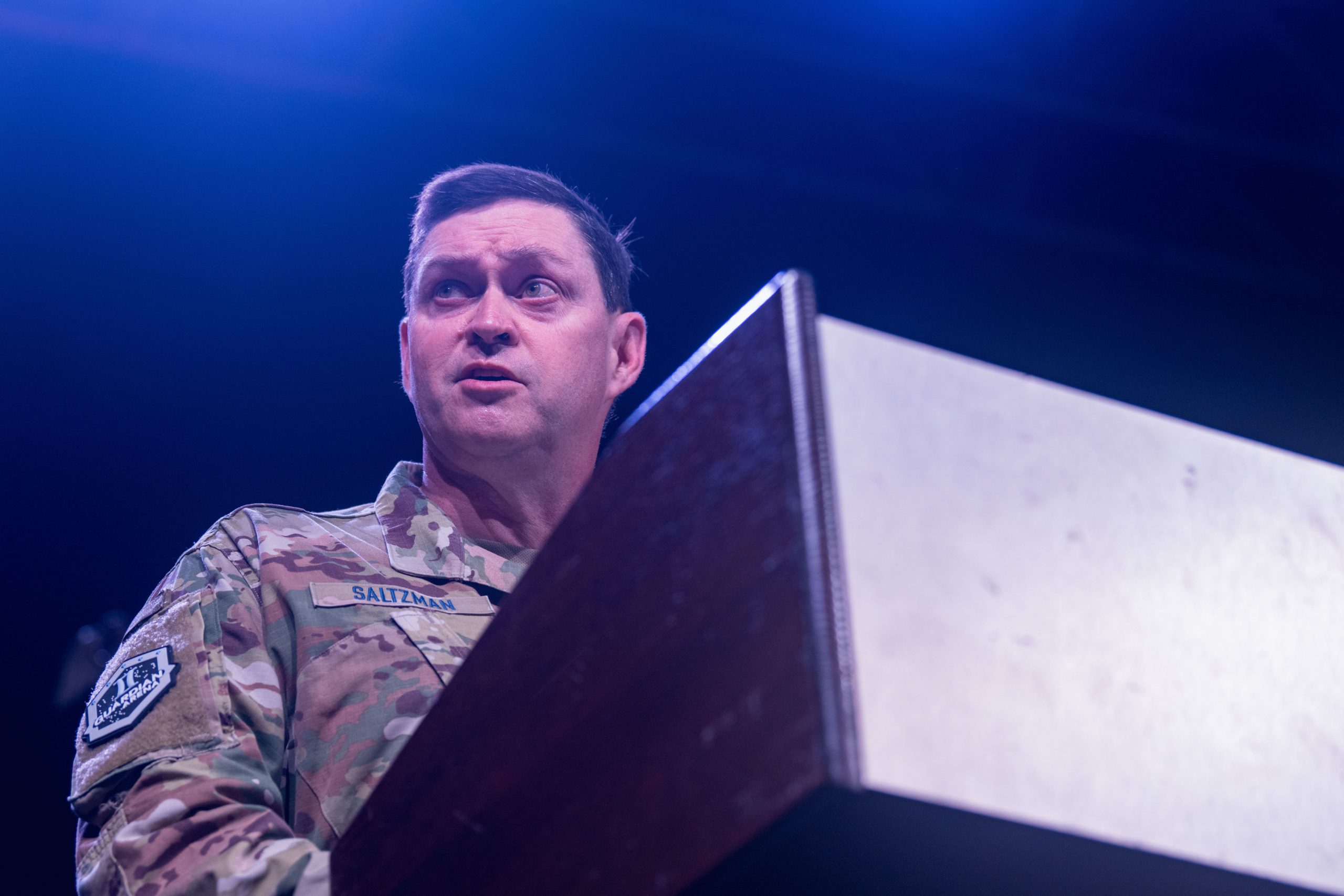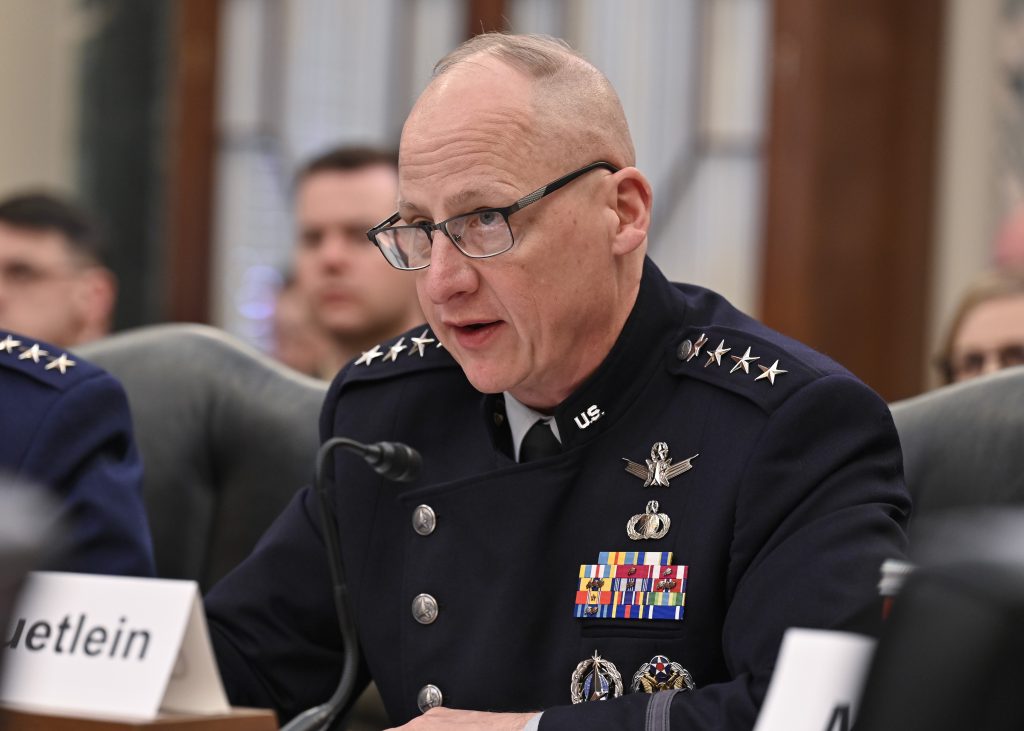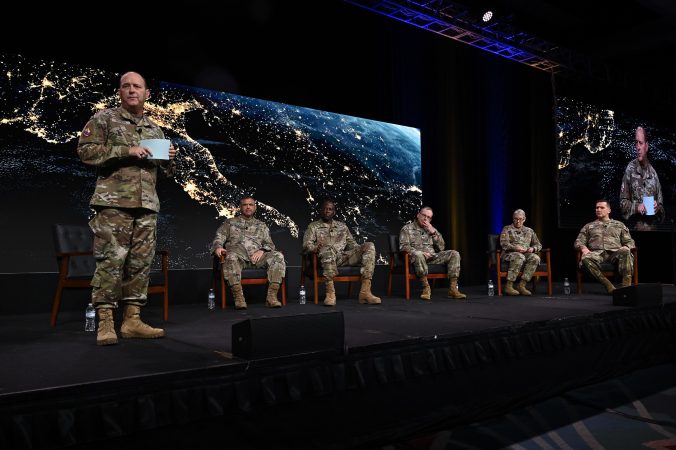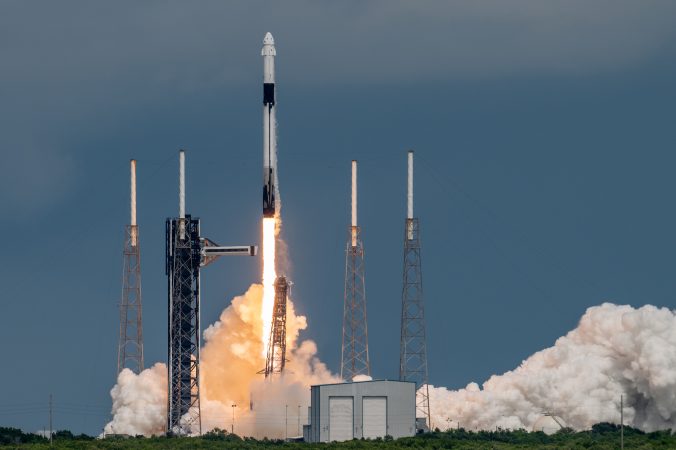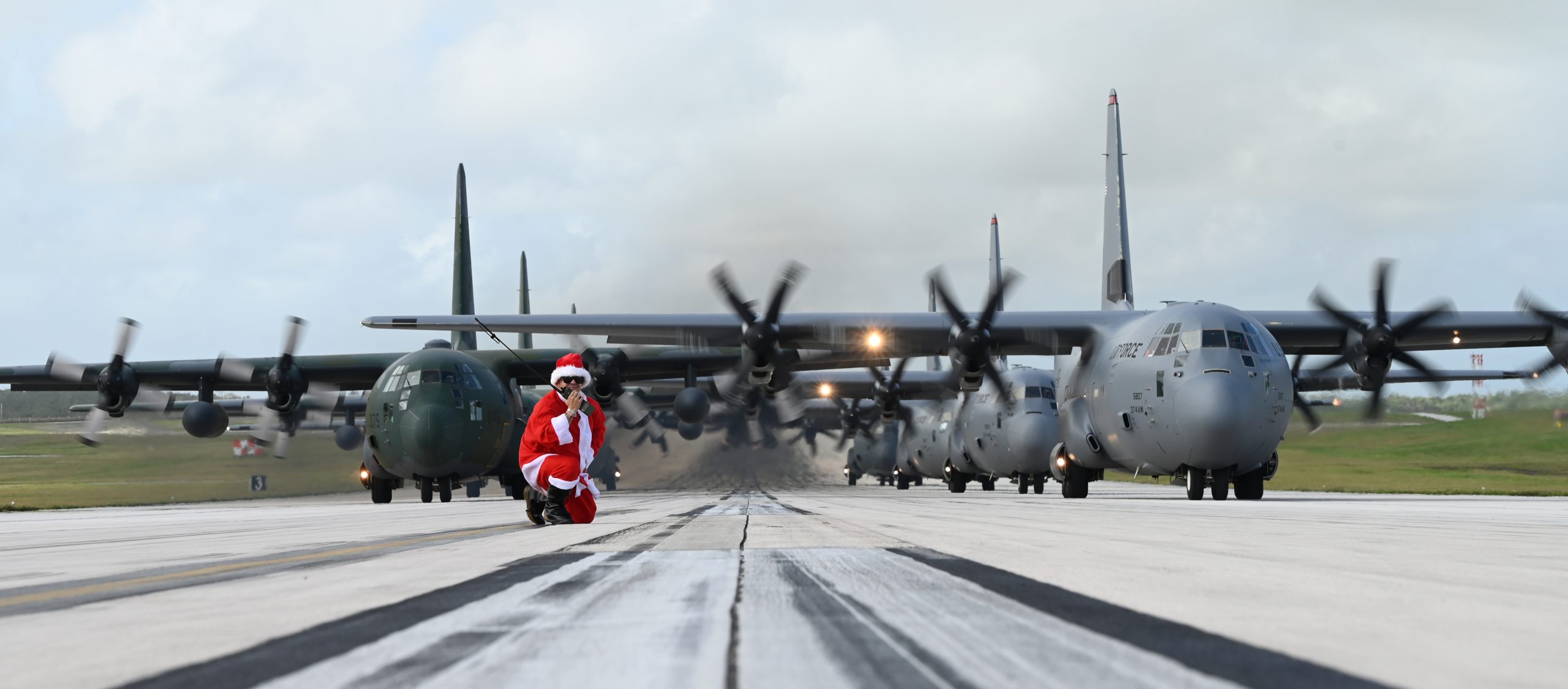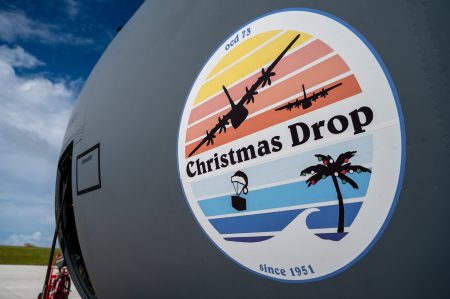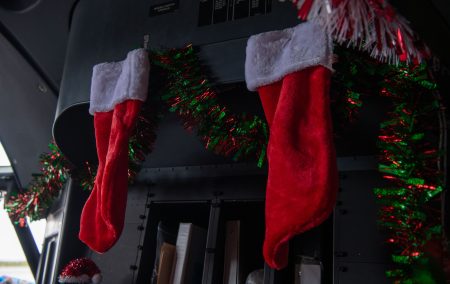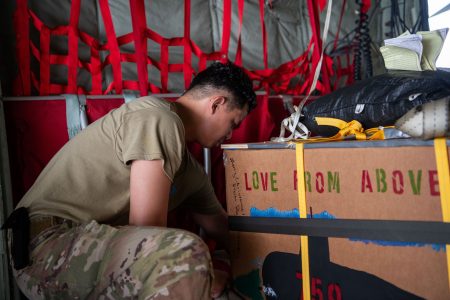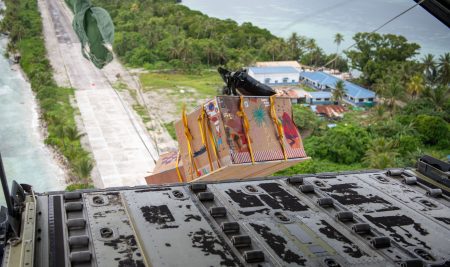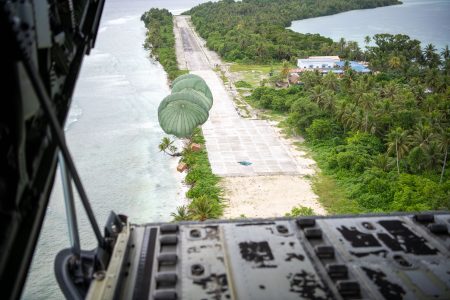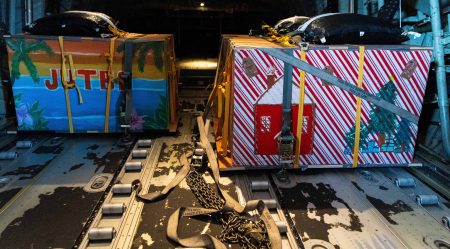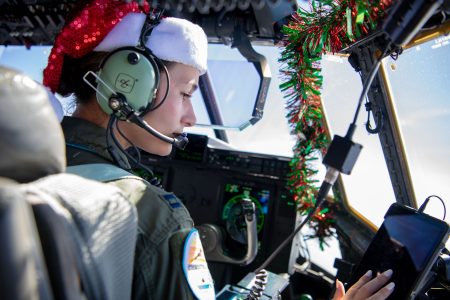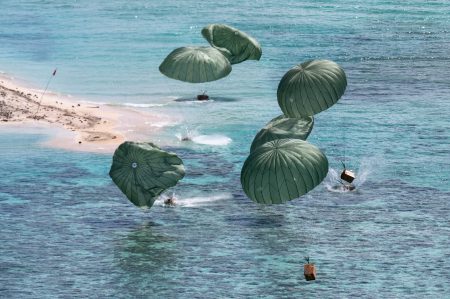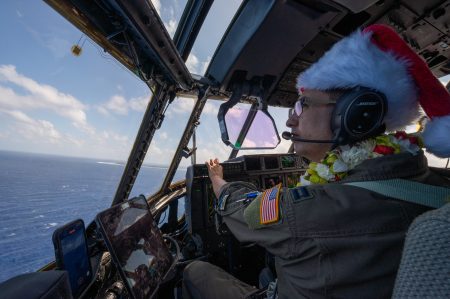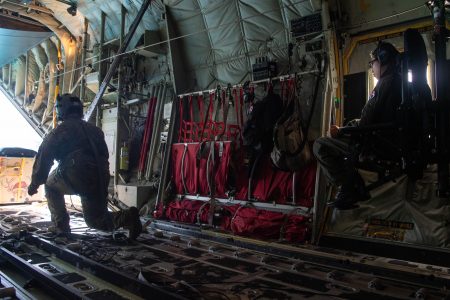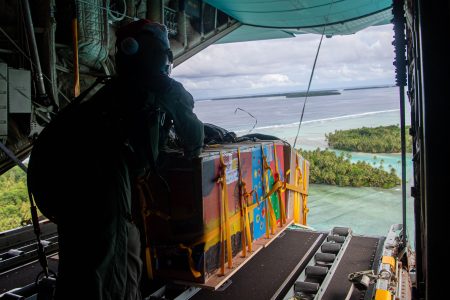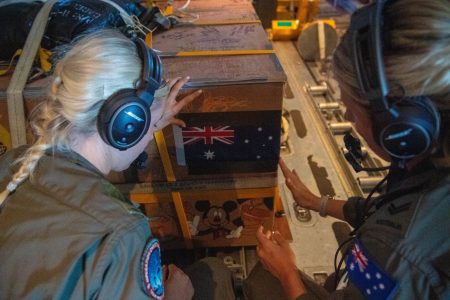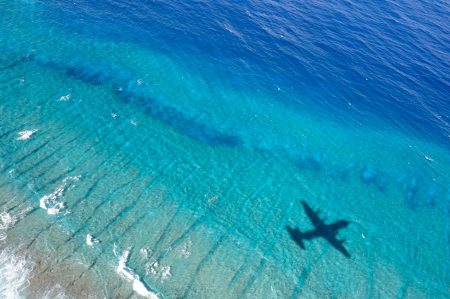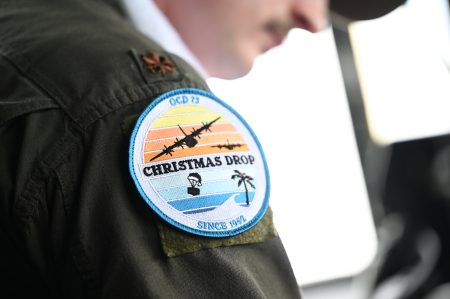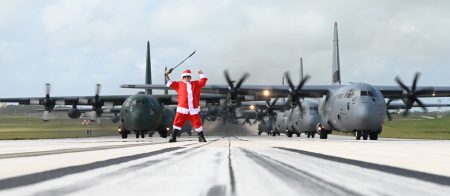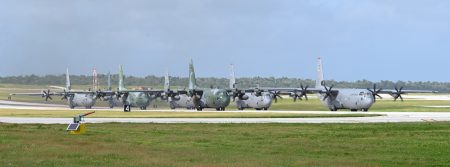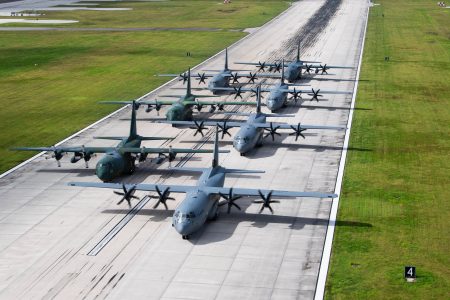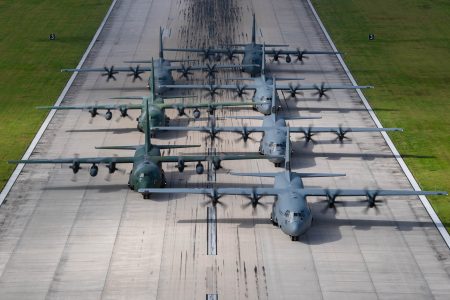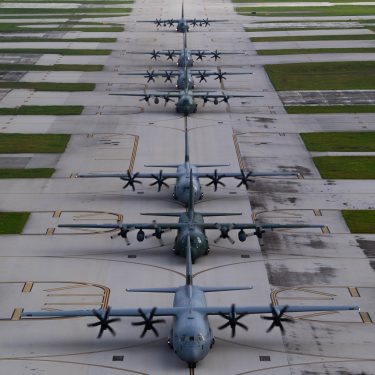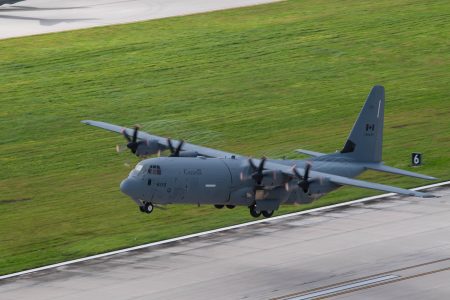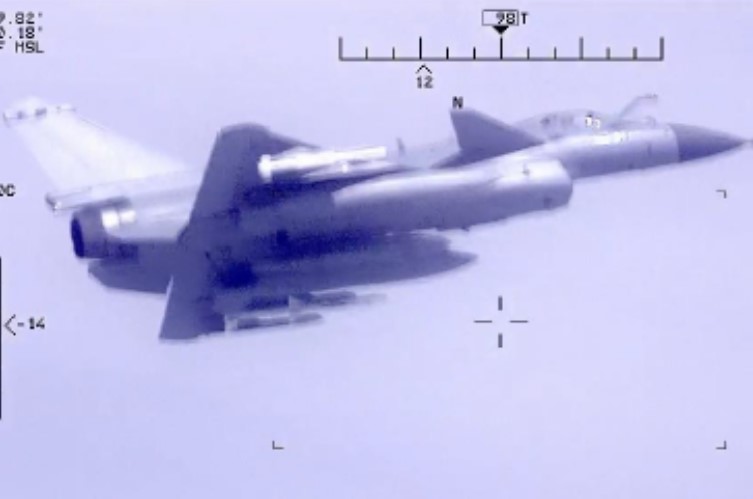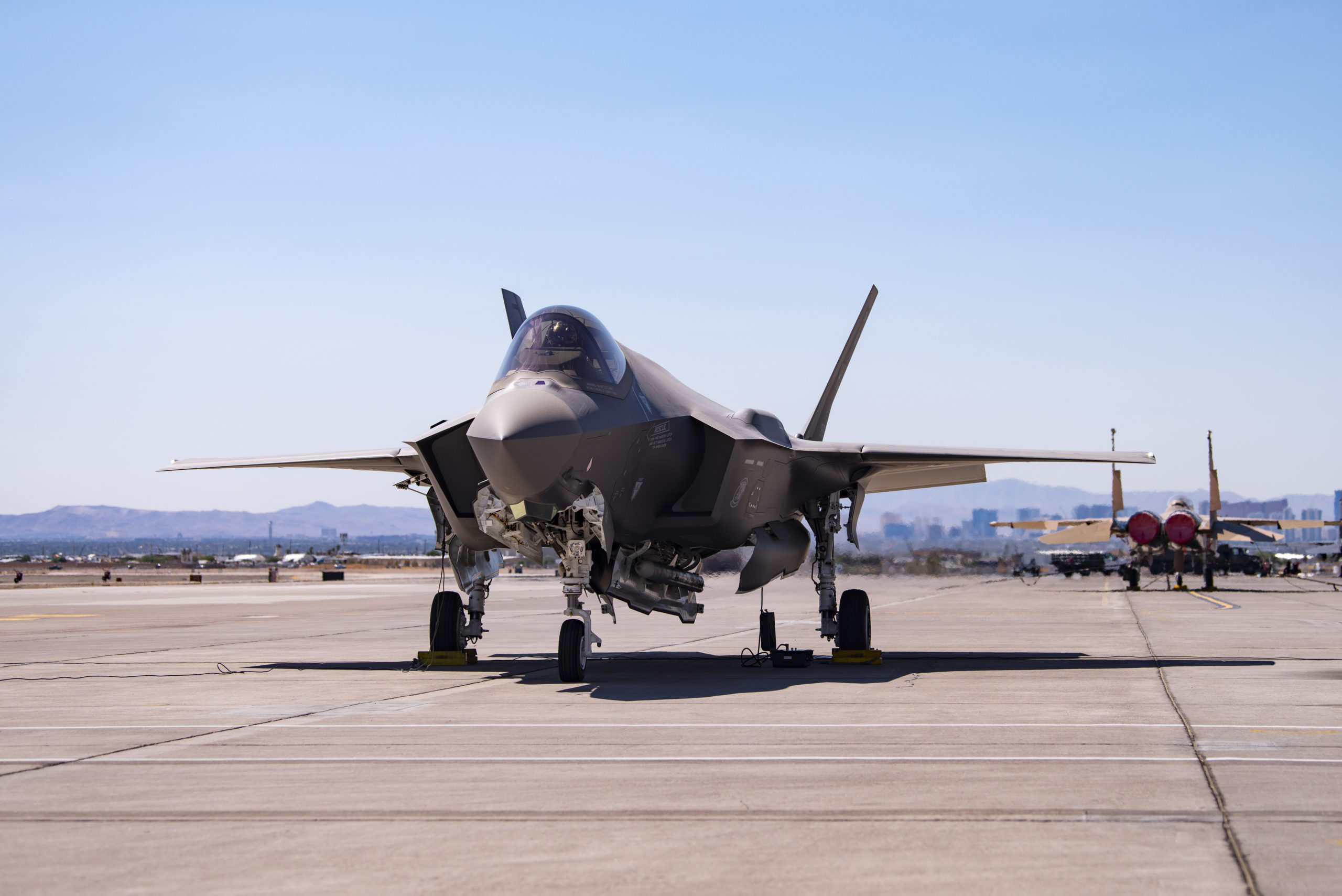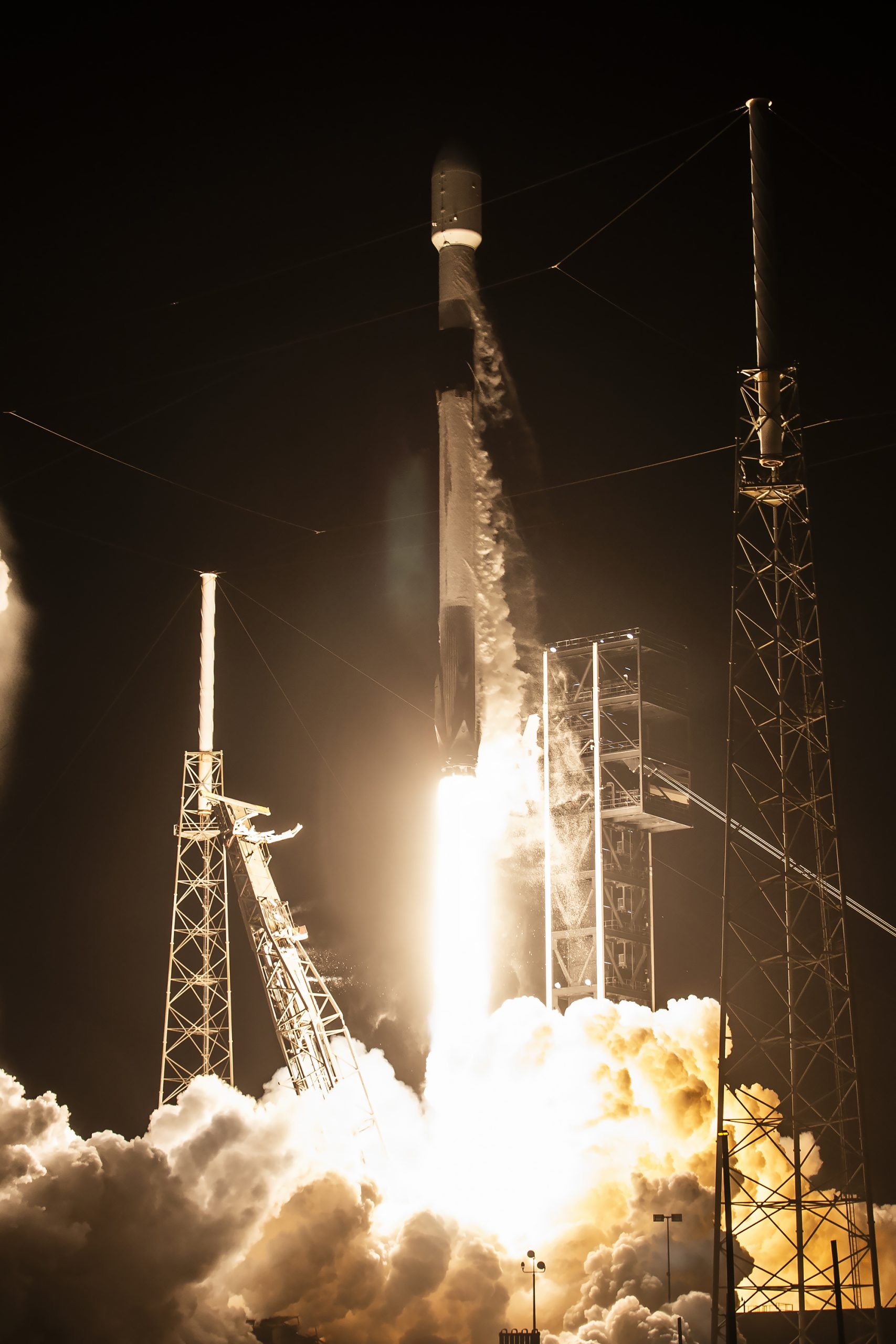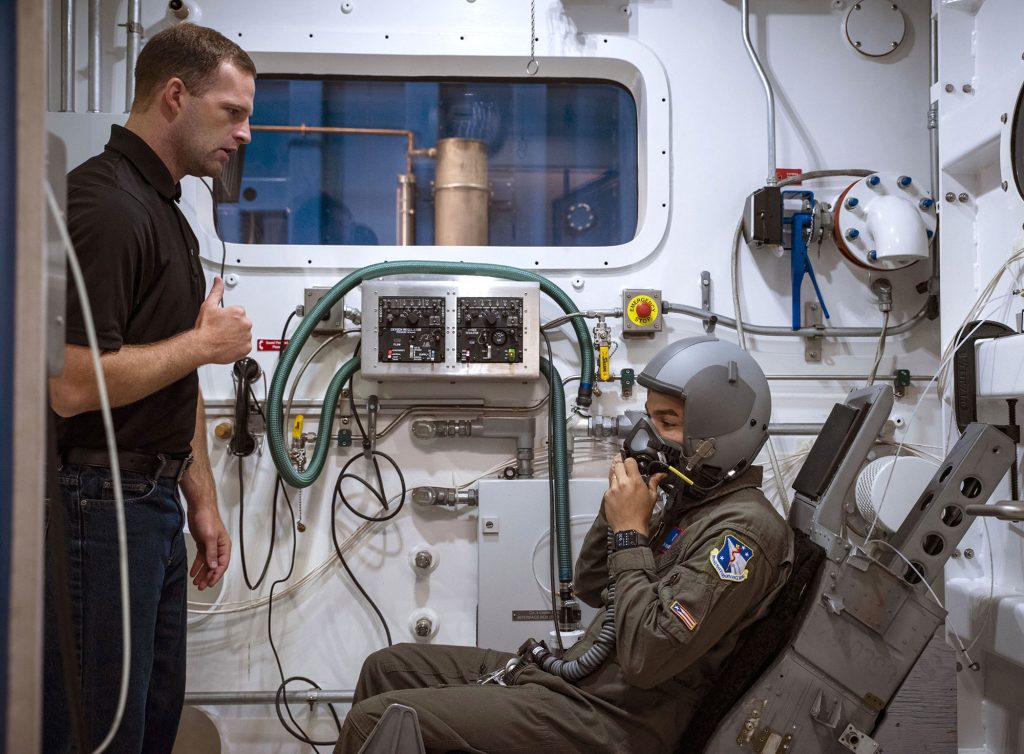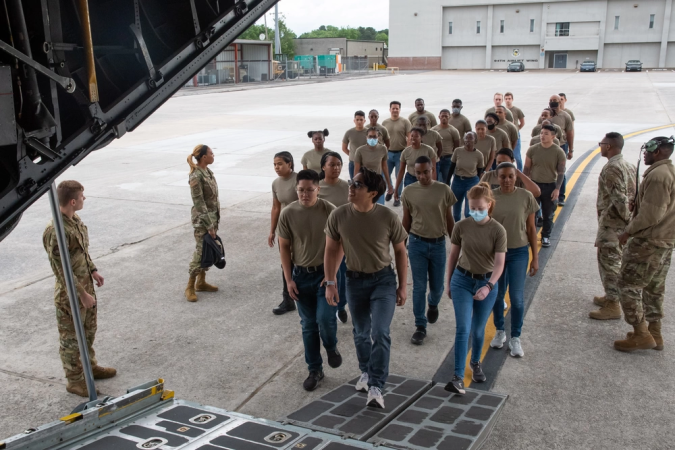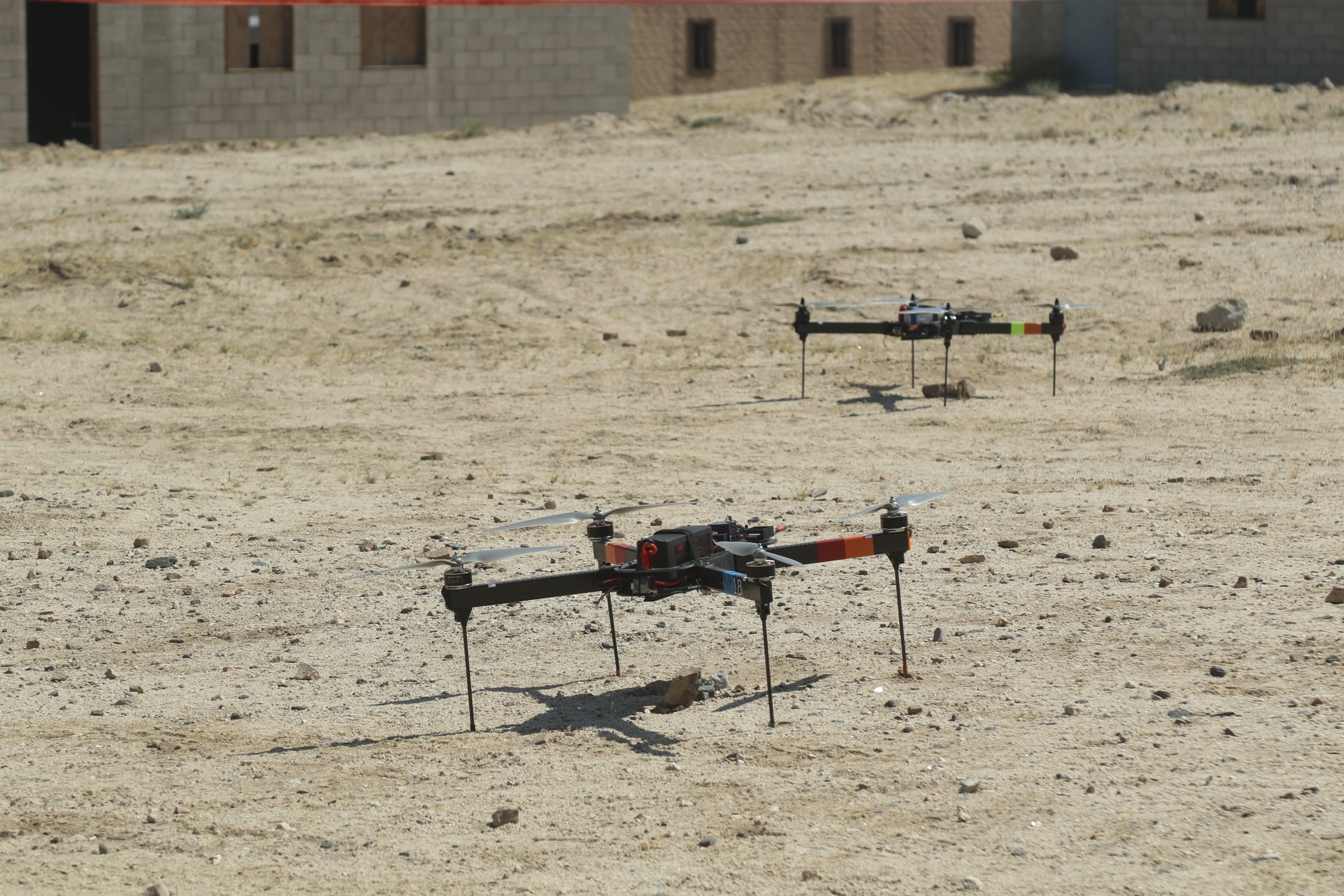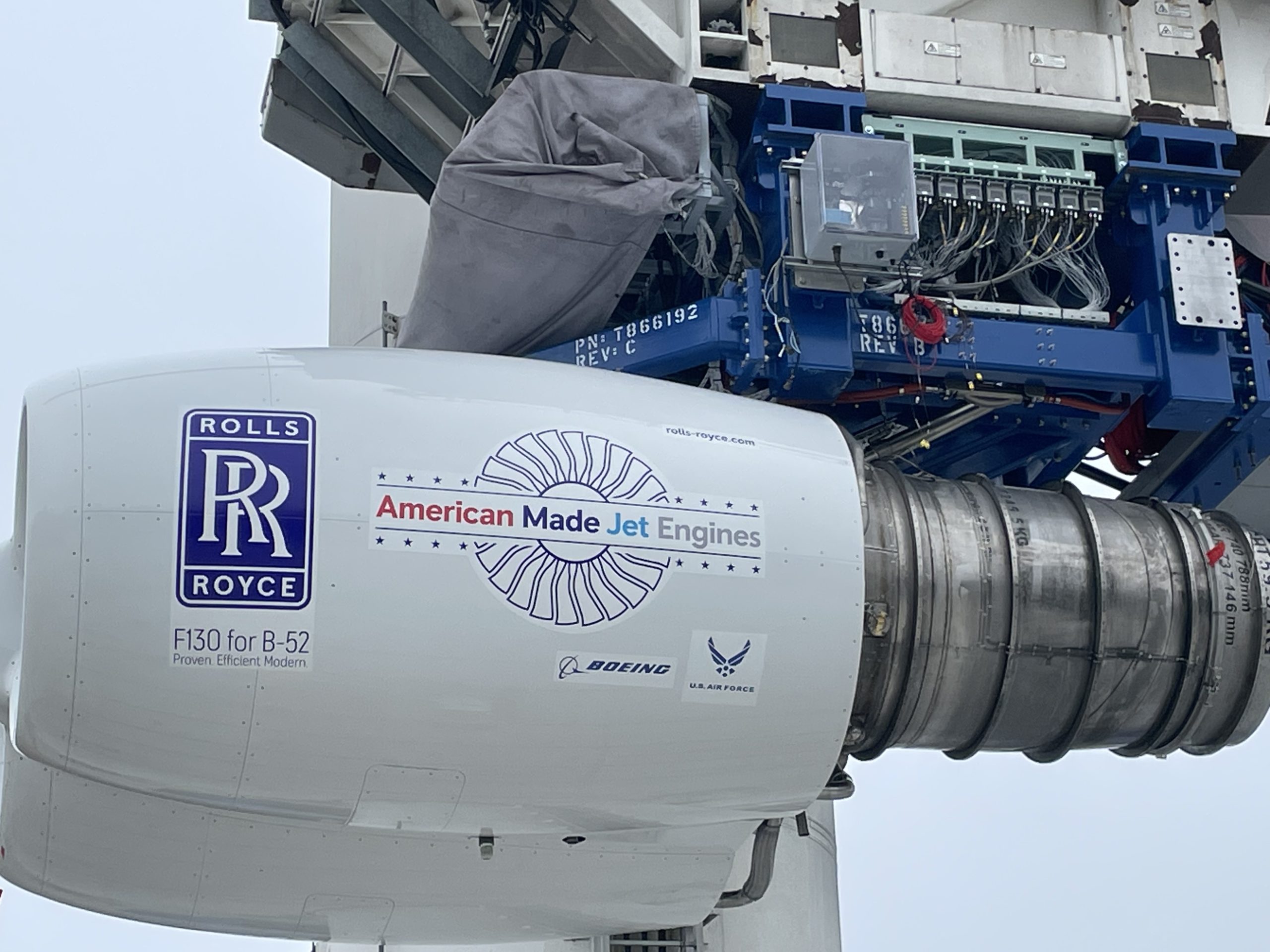China’s air force is very good and improving quickly, but has not yet matched the air combat capabilities of the U.S. Air Force, according to the Pentagon’s annual report on Chinese military power and officials who helped prepare it.
The 2024 edition of the report particularly emphasized how the People’s Liberation Army Air Force has expanded the capabilities of its unmanned aerial systems, saying they are now comparable to USAF systems. It also noted strides the Chinese have made with air-to-air missiles, electronic warfare, bombers, and fifth-generation fighters.
The PLAAF “with respect to its modernization and indigenization of its unmanned aerial systems, is quickly approaching U.S. standards,” a senior Pentagon official told reporters in a background briefing ahead of the report’s release.
The report specifically notes “the routine appearance of increasingly sophisticated systems across theater and echelon levels.” Within the last three years, the Chinese have shown off the Xianglong jet-powered UAS, the supersonic WZ-8 drone, and a redesigned version of the GJ-11 stealth unmanned combat air vehicle at airshows.
“Advanced small UASs are increasingly appearing in military and civilian applications, with PRC industry remaining a key exporter of UASs and components of all sizes,” the Pentagon report states. The PRC is “maturing and … signaling its efforts in next-generation capabilities,” with a greater airshow presence, displaying counterparts to most advanced western designs, including stealth flying wing aircraft.
These new concepts may include a counterpart to the Air Force’s nascent Collaborative Combat Aircraft program, as “PRC developers are demonstrating an interest in additional growth beyond [intelligence, surveillance and reconnaissance] and [electronic warfare] into air-to-air and air-to-ground combat, with substantial development efforts to produce swarming capability for operational applications.”
On the manned side, the Pentagon assessed that China is swiftly building up and improving its fleet of J-20 Mighty Dragon stealth fighters. The official said China is increasing production capacity with a new facility. Various think tanks have pegged the J-20 fleet at nearing 200 airframes—versus 184 F-22s in the U.S. Air Force inventory—and China is said to be relying increasingly on an indigenous engine for the fighter, after years of having to import powerplants from Russia.
“They’ve begun to switch to domestically produced engines, although some Russian engines may remain in use,” the official said, adding that “the PLA Air Force is also still working on upgrading the J-20.”
He declined to provide any details about China’s other fifth-generation fighter, the twin-engined J-35, which closely resembles the U.S. single-engine F-35 and is expected to equip China’s aircraft carriers.
The Pentagon report notes that the PLAAF has embarked on “a set of major institutional reforms aimed at creating a modern, professional fighting force,” training under what the service called “actual combat conditions,” understood to mean readiness to engage and win against “highly capable military competitors.”
As part of this training, pilots now have the freedom to create their own flight plans and engage in intercepts that are “not completely pre-scripted,” the report states.
The report also noted the PLAAF has “increased its use of confrontation training,” a likely reference to the growing number of bluff-charge attacks at Taiwan. The PLAAF also is increasing the number of joint exercises it conducts with other regional air forces, including those of Pakistan, Russia and Thailand.
Together with the People’s Liberation Army Navy (PLAN), China fields the largest aviation force in the Indo-Pacific region and the third largest in the world, with over 3,150 total crewed aircraft—not including trainers or drones. More than 2,400 of those tails are combat aircraft, and the majority of those—around 1,300—are now fourth-generation. Nearly all fighters will be fourth generation or better “in the next several years,” the official said.
According to China’s 2019 defense white paper, its forces are shifting from territorial air defense to “offensive and defensive operations,” which the Pentagon construes as power-projection capabilities far afield from the mainland.
The PLAAF is “rapidly approaching technology typical of U.S. standards,” the Pentagon said, with “aviation, airborne, air defense, radar, electronic countermeasure, and communications forces organized into five Theater Command Air Forces.”
Among the aircraft on which the Pentagon provided specific comments:
- Shenyang J-16: a “fourth-plus-generation“ fighter, based originally on Russia’s Su-27, which will be able to carry the “very long range air-to-air missile, the PL-17,” the appearance of which may have driven the Air Force to accelerate the retirements of aircraft like the E-8 JSTARS and E-3 AWACS. In 2023, more than 225 J-16s were in PLAAF service, and more are coming.
- Chengdu J-20: Upgrades in the works include increasing the J-20’s internal missile loadout to preserve its stealth while increasing its magazine, “installing thrust-vectoring engine nozzles, and adding super cruise capability by installing higher-thrust indigenous WS-15 engines.”
- Shenyang J-35/FC-31/J-31: The Pentagon offered little commentary on this stealthy F-35 lookalike, except to say that it will likely equip Chinese aircraft carriers and will be offered for export.
- Xi’an H-6N: The report notes that the PLAAF has “operationally fielded the H-6N bomber,” a highly upgraded version of the old Russian Tu-16 “Badger.” The H-6N has air-to-air refueling capability, longer range than previous variants, and can externally carry a nuclear-capable air-launched ballistic missile with a maneuvering re-entry vehicle, representing the air leg of China’s nuclear triad.
- Xi’an H-20: “The PRC probably is developing a strategic stealth bomber, according to PRC state media,” the report states, although in previous editions, the Pentagon has more definitively noted work on a Chinese flying wing bomber potentially modeled on the Air Force B-2 Spirit. The new bomber will be subsonic and have “a nuclear mission in addition to filling conventional roles,” much like the American B-2 and B-21. Chinese media have released images of a flying-wing-type aircraft under a tarp, highly reminiscent of Northrop Grumman’s advertising for its new B-21bomber before that aircraft was publicly revealed two years ago. Lifting language from previous editions, the Pentagon acknowledged that work started on the H-20 in 2016, and “it may take more than a decade to develop this type of advanced bomber.” However, that suggests the aircraft could appear as soon as 2026 or 2027.
- Shaanxi Y-9: The Y-9, rolled out in 2019, is billed as a jamming/electronic warfare aircraft, able to “disrupt an adversary’s battlespace awareness at long ranges.”
- Xi’an Y-20: China’s lookalike to the American C-17 transport is being developed into an aerial tanker.
